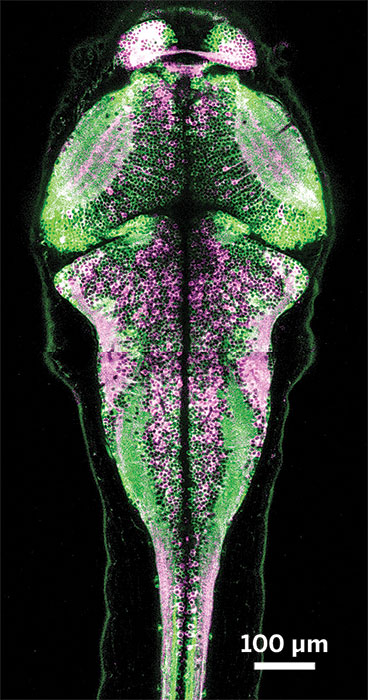Advertisement
Grab your lab coat. Let's get started
Welcome!
Welcome!
Create an account below to get 6 C&EN articles per month, receive newsletters and more - all free.
It seems this is your first time logging in online. Please enter the following information to continue.
As an ACS member you automatically get access to this site. All we need is few more details to create your reading experience.
Not you? Sign in with a different account.
Not you? Sign in with a different account.
ERROR 1
ERROR 1
ERROR 2
ERROR 2
ERROR 2
ERROR 2
ERROR 2
Password and Confirm password must match.
If you have an ACS member number, please enter it here so we can link this account to your membership. (optional)
ERROR 2
ACS values your privacy. By submitting your information, you are gaining access to C&EN and subscribing to our weekly newsletter. We use the information you provide to make your reading experience better, and we will never sell your data to third party members.
Biological Chemistry
Dyeing hearts deeply
April 24, 2006
| A version of this story appeared in
Volume 84, Issue 17
With a growing inventory of light-emitting molecular tags that label specific cellular parts or that respond to specific cellular acts, biologists are visualizing ever more details about cellular anatomy and physiology. Now Guy Salama of the University of Pittsburgh and colleagues there and at Carnegie Mellon University have devised a series of structurally related dyes (example shown) that respond to the electric fields of heart muscle cells by emitting infrared light (J. Membr. Biol. 2005, 208, 125). That's important, says Alan Waggoner of CMU, because IR light penetrates tissue. In experiments using excised animal hearts, the researchers have shown that they can use the voltage-sensitive dyes to track electrical activity in cells up to a millimeter into cardiac tissue, not just in surface cells. A primary goal of the work is to develop new imaging techniques for studying how electrical excitations go awry in arrhythmic hearts and in sudden cardiac deaths.



Join the conversation
Contact the reporter
Submit a Letter to the Editor for publication
Engage with us on Twitter